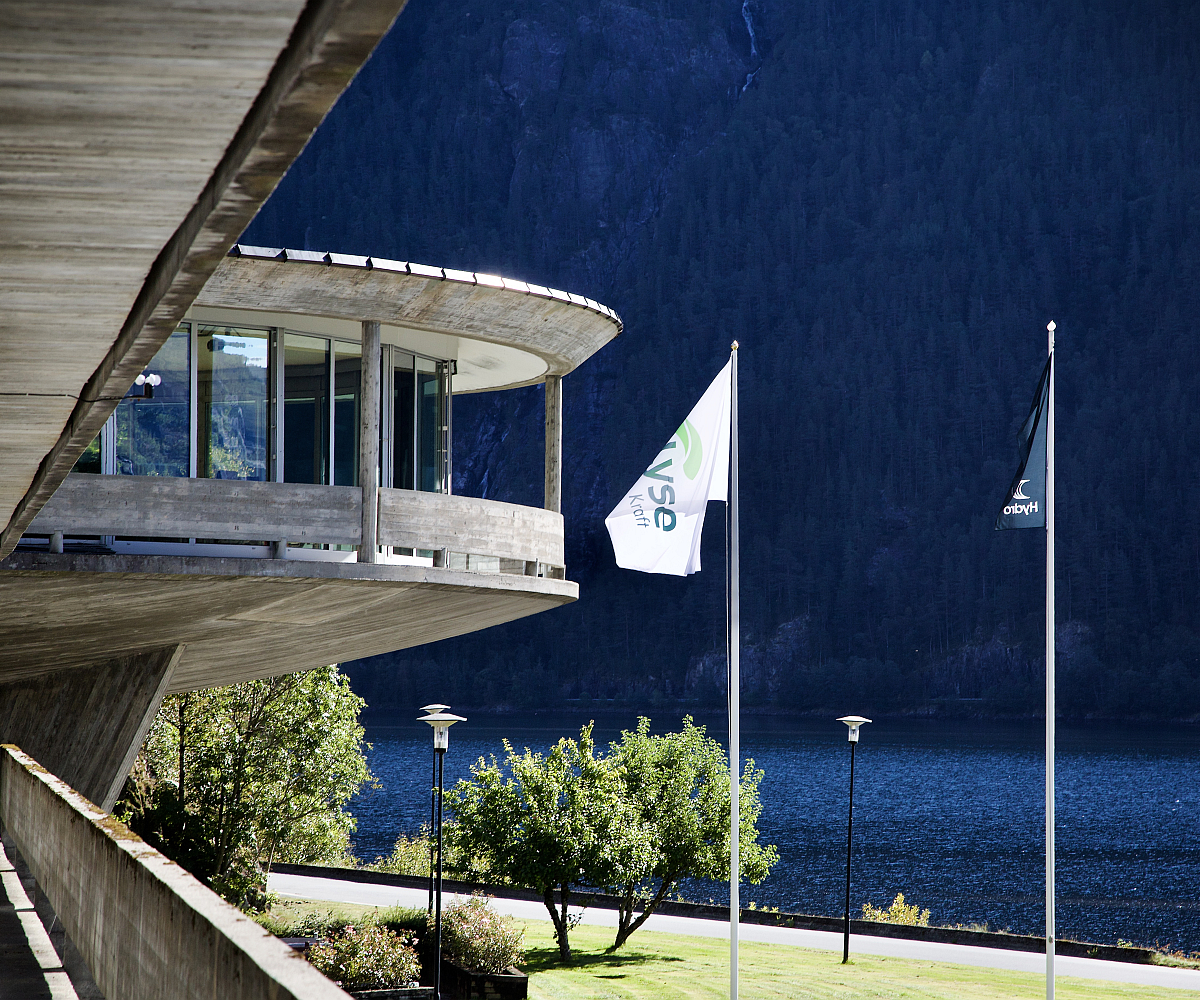The launch of a real-time Virtual Powerplant for our demonstration site Røldal-Suldal Kraftverkene in Norway powered by live data marks a key milestone on ReHydro’s digitalization journey. The system consists of two digital twins that operate in parallel. One is mirroring the power plant in real time, providing additional output such as total plant efficiency, flow, and head loss. The other twin operates on manual inputs to create “what if” scenarios so personnel working on the power plant can train and be prepared for potential emergency situations without a real emergency being present. Later in the project, two or three additional twins might be added for environmental analysis and predictions.
What distinguishes this setup from others is that, due to certain practicalities at Røldal-Suldal, the communication between the physical power plant and its twins is handled via Azure database instead of direct industrial Input/Output. Azure collects and stores data from a large array of datapoints in all plants within the Røldal-Suldal system, which results in an extremely detailed overview of current situations. The drawback to this wide-spread data network is that it introduces a slight latency, however, no more than 15-60 seconds. While this is a challenge, it will give us valuable experience and insights into working with databases like Azure rather than industrial standards like Profibus and its advantages and disadvantages.
One major aspect in favour of Azure that we are benefitting from is that it enables more virtualisation. The entire system can be installed anywhere, preferably on a server in the Cloud, but also on personal PCs. When active control output is not needed, these aspects are very interesting for monitoring, analysis and everyday operation of one or several plants.

